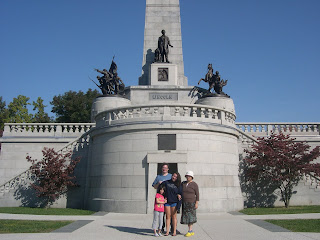
Mark Twain had opinions about many things, including some of the presidents of his time. On the occasion of Twain's birthday, the following are items he wrote toward the end of his life, expressing himself on former President Cleveland and President Theodore Roosevelt, as well as President-elect Taft.
On Grover Cleveland: In a letter to Jean Clemens, June 19, 1908.
Of all our public men of today he stands first in my reverence & admiration, & the next one stands two-hundred-&-twenty-fifth. He is the only statesman we have now. ... Cleveland drunk is a more valuable asset to this country than the whole batch of the rest of our public men sober. He is high-minded; all his impulses are great & pure & fine. I wish we had another of this sort.
On Theodore Roosevelt: In a letter written March 6, 1908, and reprinted in the New York Times in 1912, after Twain's death.
Our people have adored this showy charlatan as perhaps no impostor of his brood has been adored since the Golden Calf, so it is to be expected that the Nation will want him back again after he is done hunting other wild animals heroically in Africa, with the safeguard and advertising equipment of a park of artillery and a brass band.
On William Howard Taft: In a letter dated March 2, 1909, two days before Taft was inaugurated. It too was reprinted in the New York Times in 1912.
You can't help but like Mr. Taft. The country likes him and respects him; and I want him to make the best people in the country continue to respect him and every now and then dislike him -- sure proof, in a public servant, that he is doing his whole duty, as he sees it, regardless of personal consequences. He has the natural gifts, the culture, the experience, the training, the sanity, the right-mindedness, the honesty, the truthfulness, the modesty, and the dignity properly requisite in a President of the United States, the most responsible post on the planet. In a word, he possesses every qualification the other one [Theodore Roosevelt] was destitute of.
















